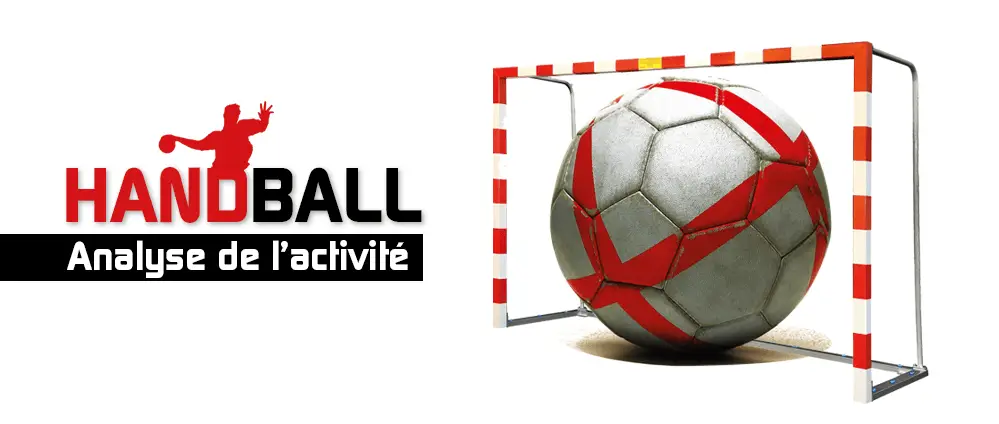In recent seasons, a new phenomenon has emerged in the world of handball: white cardboard. This measure, put in place by the sports governing bodies and applied during national and international championships, aims to strengthen the protection of players and make medical teams accountable. Deciphering this new rule which is a game-changer for clubs and participants.
Origins and objectives of the white card in handball
The white card was introduced during the 2016-2017 season as a novelty in the French handball championship. It was later adopted by other national and international competitions, including the EHF Champions League and tournaments organized by the International Handball Federation (IHF).
This decision results from a desire to further protect players from the risk of injuries, particularly those linked to concussions and other head trauma. Indeed, recent years have seen a significant increase in cases recorded during official matches, which has pushed the authorities to react to prevent incidents and ensure the safety of handball players.
=> Discover our buying guide to choose the best handball balls
Operation and specificities of white cardboard
Concretely, the white card is a sanction intended for teams whose medical service is considered insufficient or unsuitable when caring for an injured player. The referee can then brandish this card to signify that the doctor on the bench must immediately intervene and assess the situation of the player concerned.
“The white card was introduced during the 2016-2017 season as a novelty in the French handball championship”
The consequences of a white card
For clubs, receiving a white card during a match can have several repercussions:
- The injured player must leave the field and can no longer participate in the match, even if he feels able to resume;
- The medical team must carry out a thorough examination of the player and decide whether evacuation to a hospital is necessary;
- If the team receives a second white card during the same match, it will be penalized with a temporary exclusion of two minutes and will have to play without a substitute during this period.
These measures aim to make clubs and medical staff responsible so that they take into account security and health aspects during matches. They also help ensure that players receive optimal care in the event of an injury, which is essential to prevent potential complications.
A positive assessment and prospects for development
Since the introduction of white cardboard, the results have been encouraging. The figures show a reduction in the number of serious injuries and a strengthening of prevention during official meetings.
“The injured player must leave the field and can no longer participate in the match, even if he feels fit to resume”
Better trained medical teams
To deal with this new rule, several national federations have set up specific training courses intended for doctors and other health professionals involved in handball. They thus learn to quickly detect the signs of head trauma and to make the appropriate decisions to protect the players.
Towards a generalization of white cardboard?
Today, the white card is still far from being applied everywhere in the world of handball. However, some believe that this measure could be extended to other sporting disciplines in order to guarantee the protection of athletes and to encourage clubs to adopt a responsible approach to security.
In conclusion, the white card in handball constitutes an important step forward for injury prevention and the accountability of medical teams. Although there is still room for improvement, this measure seems to be bearing fruit and could inspire other sports to ensure the safety and well-being of athletes.


